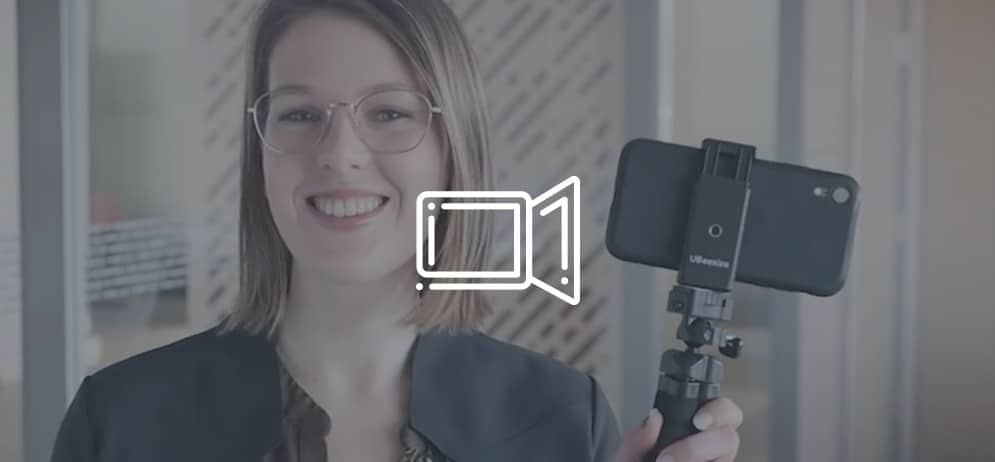Expand the classroom with video
Educators often look at a new technology and wonder how it will support ongoing improvement in teaching practice. Will it be cost effective and easy to use?
Early attempts to harness video weren’t always successful because, frankly, videos were hard to share in a useful context. But today, advanced video tools (such as, well, your phone) make it possible to use this medium to benefit classroom instruction in a meaningful way. Using video to support ongoing improvement for teachers is easier than it has ever been.
There are several creative ways to do this. Here are just a few:
1. Self-reflection and self-evaluation
New teachers often have trouble keeping up with everything going on in a dynamic classroom. Guided self-reflection with video helps a teacher see what students and observers see, creating a dramatic leap forward in teaching practice. Videos can be stored in easily accessible libraries to record progress over time.
But what about those who are uncomfortable filming themselves teaching and then replaying the footage? That’s not at all unusual, but there are specific things you can do to make it easier.
2. Coaching
Coaching is kept on target as video guides a continuous improvement process. After coaches review the recording, the feedback is integrated by teachers in the classroom and then reviewed again — creating a continuous cycle of improvement until goals are met. A huge advantage of video is that constraints of time and travel are eliminated.
Listen to our interview with Dr. Jim Knight about using video as a professional development tool for teachers. (28 minutes)
3. Video libraries
Ever been inspired by a great teacher? Watching experienced teachers in the classroom can lead to growth when coupled with interactive exercises and commentary. Plus, sharing a library of videos that teachers can access for just-in-time support provides the kind of classroom-focused, job-embedded learning opportunities that have meaningful impact.
4. Learning Communities
Best practices can easily be defined in videos of familiar teachers and students. These videos can then be shared with student teachers and other peers. Using video for peer mentoring and collaboration within a district or educational community is a powerful way to increase knowledge and share best practices.
Additionally, video allows teachers to share examples of practice with colleagues who may work in other buildings or districts, even other states.
See how Frontline’s Learning & Collaboration Resources makes it easy to provide targeted professional learning opportunities through videos, courses, collaborative groups, and micro-credentials.
5. Observation
Use video to create an authentic window into the classroom. Video observation allows teachers to be reviewed more accurately and efficiently. Video can also be used remotely, allowing for classroom observation without an observer having to be physically present.
Whether by supporting evaluations or equipping teachers and coaches with useful tools for reflection, increasingly video is helping educators improve their practice.
